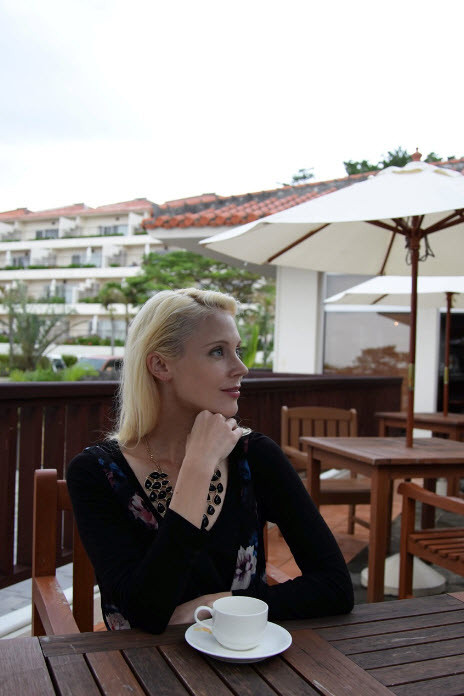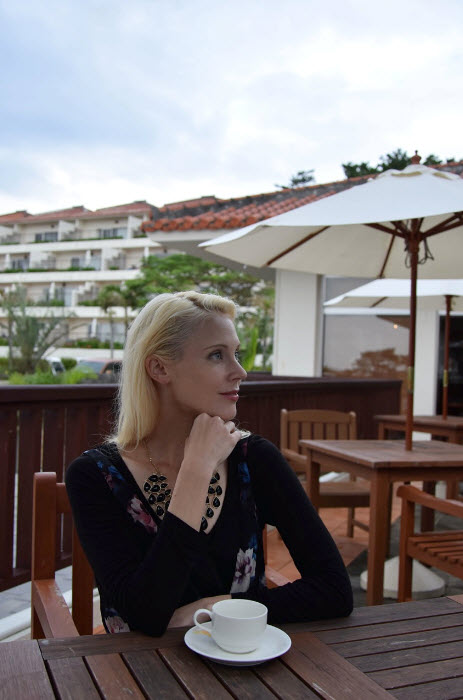One of the most common issues that occurs in photography is poorly exposed images due to backlit subjects. This happens when there is a strong light behind the subject of the image, which is common in sunny, high contrast conditions. Ideally, you would select a different angle to shoot from to avoid backlit situations or add additional lighting, such as fill-flash to balance the lighting conditions, but in many instances this is not possible. The lightmeter in the camera reads light, but large bright areas within the image can mislead the lightmeter into basing the exposure mainly on these bright areas.
Active D-Lighting addresses this issue by reducing the loss of detail in highlights and shadow areas. There are up to five options for Active D-Lighting on some cameras, offering different levels of intensity: Low, Normal, High, Extra High or Auto. Localised tone control technology is used to prevent images from looking flat with low contrast. As a result, the lost highlights and shadows are restored whilst maintaining the correct contrast. With Active D-Lighting this is all processed instantly when you press the shutter, the only setting you need to choose is how much Active D-Lighting is applied by choosing one of the options above.
Selecting the right amount of D-Lighting to apply is relative to the conditions you are shooting in and the effect you are trying to achieve. If unsure about the setting you should choose, select Auto and allow the camera to apply the correct level of Active D-Lighting based upon the scene.
 |  |
|
Original Image
|
Active D-Lighting
|
Active D-Lighting and D-Lighting differences
Active D-Lighting is different to D-Lighting which can be applied in-camera or in post production. Active D-Lighting is applied at the point of exposure and therefore takes account of camera settings to produce the final image. D-Lighting is applied after an image is taken and does not use information from the cameras exposure to apply the correction.
• D-Lighting is available from the retouch menu and can be applied to individual images after they are saved. This feature automatically corrects contrast and brightness across the whole image.
• Active D-Lighting is set from the shooting menu and applied before shooting and recording. This feature not only increases brightness in under-exposed image areas but also applies localised tone control making the dynamic range of images appear wider.
The two technologies are designed to be used independently and offer slightly different results. Active D-Lighting is recommended when shooting a sequence of scenes exhibiting both extremely bright and dark areas. D-Lighting should be used on images that have already been saved where there are dark areas.
Noise (grains, banding, mottled) may appear in photographs taken with Active D-Lighting at high ISO sensitivities.